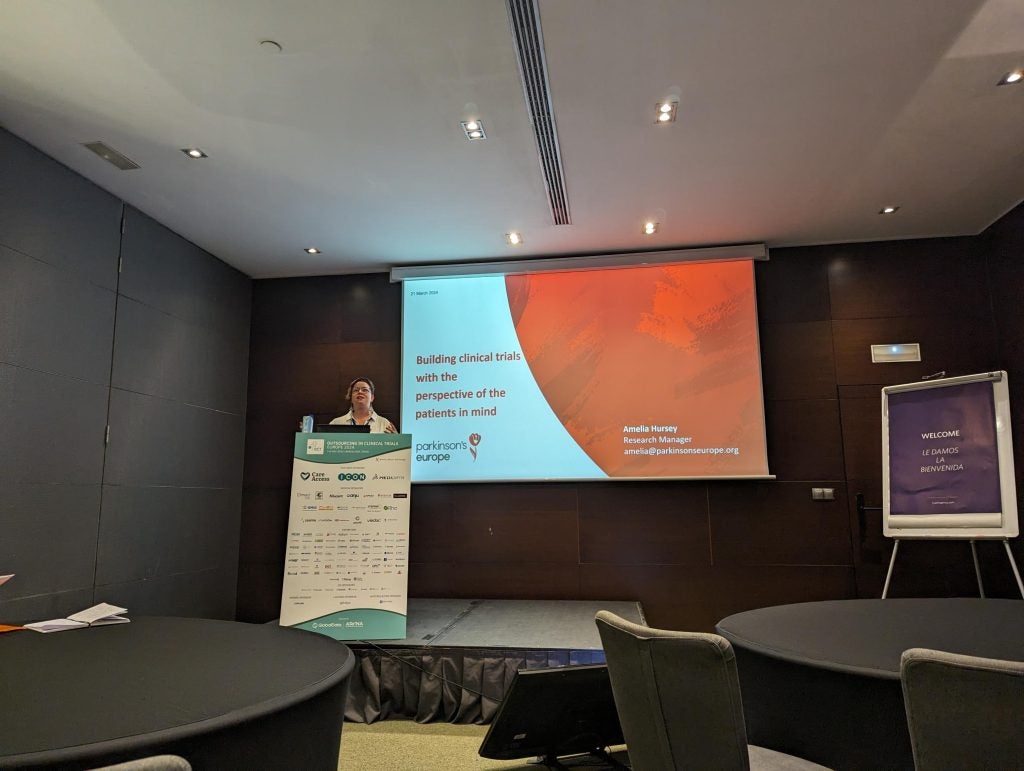

In November 2020, the UK government announced that it would cut its aid budget by a third, breaking with a Conservative Party manifesto promise and the UK’s long-standing commitment to spend 0.7% of its GDP on foreign aid.
The move drew criticism from opposition parties and the charities sector, with Labour leader Keir Starmer arguing that it would “hugely weaken us on the global stage”.
However, in addition to directly reducing the resources available for important humanitarian and development projects, cuts to foreign aid could, some argue, also reduce inward flows of foreign direct investment (FDI).
Aid and foreign investment
Investment promotion is often an explicit goal of national aid agencies. The OECD advises that “carefully targeted development assistance may assist in leveraging FDI flows and creating a virtuous circle of increasing savings and investment”.
[Keep up with Investment Monitor: Click here to subscribe to our weekly newsletter]
Improved roads, sanitation and internet connection may lower business costs, while improved employee health and skills may open up the country to entirely new kinds of investment.
How well do you really know your competitors?
Access the most comprehensive Company Profiles on the market, powered by GlobalData. Save hours of research. Gain competitive edge.

Thank you!
Your download email will arrive shortly
Not ready to buy yet? Download a free sample
We are confident about the unique quality of our Company Profiles. However, we want you to make the most beneficial decision for your business, so we offer a free sample that you can download by submitting the below form
By GlobalDataAid may also promote investment by improving the country’s balance of payments, increasing its ability to finance the outflows of profits from FDI projects. Along with FDI and remittances, aid is a major source of external finance and foreign exchange for developing countries.
However, the evidence for a simple link between aid and FDI is mixed. One influential early study found that, on average, the effect of aid on FDI is “close to zero”, while others have found that aid actually reduces FDI.
One possible explanation is that aid’s investment-promoting effects might be limited to investors from the donor country.
FDI outflows from major donors to their recipients are, on average, more than 20 times larger than those from minor donors (as a proportion of recipient GDP)
There are good reasons why this might be the case. Aid may serve to transmit business practices from the donor to the recipient, for instance, making it a more attractive investment location for donor state citizens.
Another possibility is that investors consider aid a form of investment protection, or at the very least a signal of trustworthiness: host states may be less likely to expropriate their investment if they rely on aid from the investor’s home state.
Aid does correlate with donor-to-recipient FDI flows. FDI outflows from major donors to their recipients are, on average, more than 20 times larger than those from minor donors (as a proportion of recipient GDP).
However, when the link between aid and donor-to-recipient FDI has been examined by researchers they find that this correlation is largely superficial. Only Japan, several studies have found, manages to increase its FDI flows to donor states through its aid programme.
Varieties of aid
A common flaw of these studies is their failure to distinguish between types of aid. Given that aid is mainly expected to contribute to FDI by developing infrastructure and human capital, it makes little sense to lump together aid targeted at these “complementary factors of production” with aid invested in directly productive sectors, such as agriculture and manufacturing.
Aid targeted at infrastructure and human capital accumulation can, proponents argue, raise the marginal productivity of capital by resolving important productivity bottlenecks. Public goods such as roads, health and education tend not to receive sufficient attention from private investors, since they rarely present an efficient profit-making opportunity.
By contrast, aid invested in physical capital may use up the country’s available profitable investment opportunities, lowering the marginal productivity of capital and thereby ‘crowding out’ foreign investment.
Numerous studies have found that the effects of aid on FDI depend significantly on whether it is targeted towards public goods or physical capital. For instance, Danish researchers Pablo Selaya and Eva Sunesen found that aid directed towards physical capital acts as a substitute for FDI, reducing inflows by $0.84 for every dollar of aid received.
On the other hand, they found, each dollar of aid invested in public goods such as infrastructure and human capital accumulation generates an additional $1.09 of FDI. In effect, such aid substitutes government spending rather than private investment, filling investor needs that the market would otherwise have left unattended.
A separate study confirmed that aid targeted towards infrastructure boosts FDI inflows, both by actually improving the country’s infrastructure and by leading investors to anticipate further improvements.
Why institutions matter
As well as crowding out private investment, aid could also reduce FDI inflows by encouraging companies in the recipient country to engage in rent-seeking behaviour, sapping productivity and reducing the country’s attractiveness for investors.
The potential for rent-seeking, cronyism and corruption may be why several studies have found that aid only promotes FDI in cases where the recipient country exhibits good governance – including democracy, the rule of law and low levels of corruption.
A country’s financial institutions also appear to be important. A recent study found that aid to African countries with deeper, more efficient and more accessible financial sectors – as well as high-quality political institutions – boosts FDI inflows. In contrast, aid to countries with poor-quality financial and political institutions was found to reduce FDI inflows.
The fact that studies examining aid’s average effect on FDI produce mixed results is therefore not surprising, given that aid goes to countries with a variety of institutional quality levels.
Does aid work?
Whether or not aid promotes FDI could be of vital importance in determining not only the likely consequences of cuts to aid, but also whether aid contributes to economic development at all.
Researchers Uwaoma Nwaogu and Michael Ryan found that the apparently significant positive effect of foreign aid on growth in African and Latin American countries disappears when FDI flows are accounted for, while a different study reported similar findings for eastern Europe.
In other words, aid tends to flow to places receiving larger amounts of investment. As a result, Nwaogu and Ryan argue, the growth-promoting effects of FDI are easily misinterpreted as effects of foreign aid.
Given that certain types of aid appear to promote FDI, however, Nwaogu and Ryan’s findings do not necessarily show that aid is ineffective. Rather, they could simply show that aid supports development by promoting FDI, and does little to promote it outside of that mechanism.
Promoting FDI is not an end in itself, however, and the relationship between FDI and economic development is as complex as that between aid and FDI.
Certain types of FDI do tend to promote economic growth, bringing high-wage jobs and new technologies that spur the development of local industry. This is particularly true of greenfield FDI in manufacturing and service sectors, but less applicable to mergers and acquisitions, or greenfield investments in agriculture or extractive industries.
The type of FDI that aid promotes, when it does promote FDI, is therefore of critical importance to donors and recipients alike.
One of the few studies to take on this question found that aid targeted at infrastructural improvements does promote greenfield investment. However, there is little research on whether this effect varies by FDI sector – probably due to the paucity of international data on disaggregated FDI flows.
The right kind of aid to the right kind of countries does appear to promote FDI. Whether it promotes the right kind of FDI for sustainable development, however, remains unclear.





